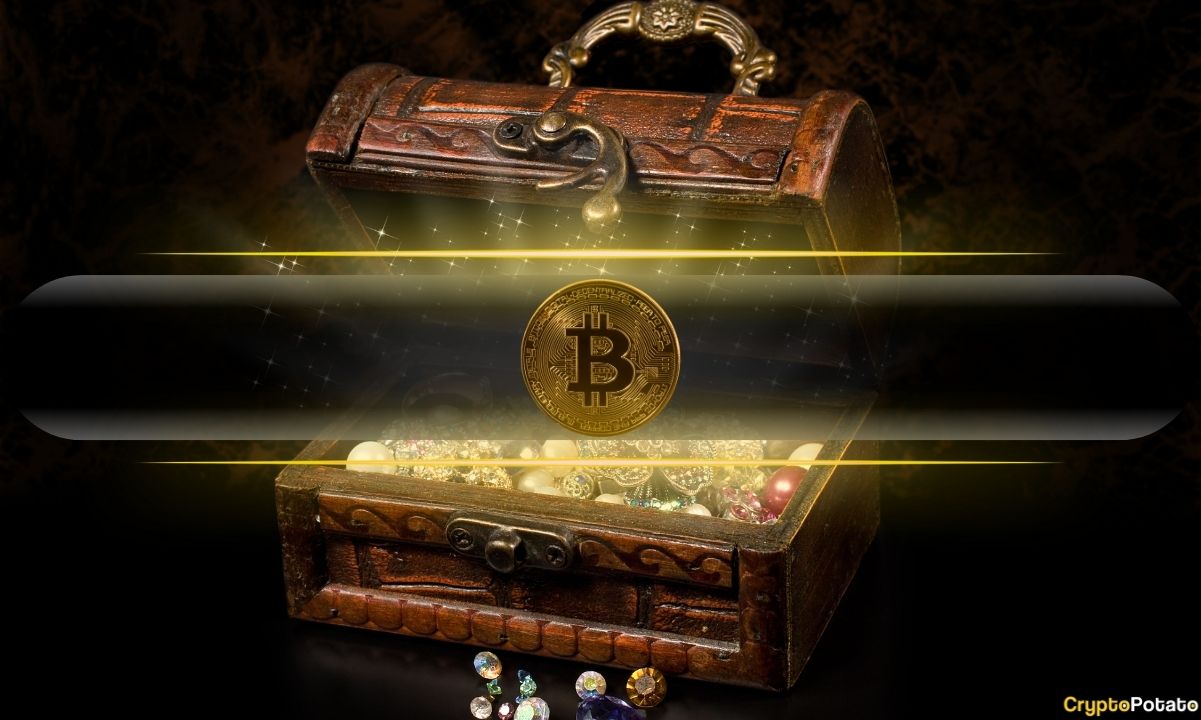A Web3 enthusiast might say those very words about a blockchain smart contract.
Jon Collins-Black, a lifelong fan of fantasy novels and games, has used a portion of his early Bitcoin investments, worth some $2 million at the average BTC price today, to fill five treasure chests hidden throughout the United States.
Millionaire Bitcoin investor hides crypto prizes on the map
The early Bitcoin-era cryptocurrency investor went to auctions to create the unique collection of loot. Moreover, he says the treasure boxes contain rare Pokémon cards, historical shipwreck artifacts, sports memorabilia, and gold and precious metals.
“I was like a kid in a candy store,” he said.
Collins-Black said he was inspired in part by the treasure hunt launched by US Air Force veteran and eccentric art collector Forrest Fenn. Like Collins-Black, the larger-than-life figure self-published a book to promote the treasure hunt in 2010, “The Thrill of the Chase: A Memoir.”
That hunt was for a single trove and it contained gold nuggets, rare metal coins, and valuable jewelry and gemstones.
How does hunting for Fenn’s treasure compare to Bitcoin mining/or buying BTC for a risk-reward profile?
Any of the lucky treasure hunters who successfully find one of the treasure boxes may come up in the money profit-wise. That is—if they don’t overspend the value of the loot they find in order to locate it.
Think of it like the SETI formula for the probability of finding intelligent life on other planets.
Doing The Math
His book has been available now in hardcover on Amazon since Nov. 2024 for $47.44. But it’s the time and energy spent hunting for the Collins-Black treasure that will really cost bounty hunters.
It wasn’t until 2020 that a treasure hunter managed to solve the hunt and find the Forrest Fenn treasure. During the ten years since Fenn launched it, there were many unsuccessful attempts to find the gold and other prizes. From 2016 to 2020, five people even died in weird accidents while reportedly searching for the Fenn treasure.
A treasure hunt of this nature is a lot of fun for the blockchain sector because the way it works is much like the Bitcoin core protocol that secures money on the network and manages transaction orders.
In order to harness the cost of electricity to the publicly verifiable state of an entire decentralized ledger of accounts, Bitcoin requires BTC mining computers to guess a random number by checking guesses through the SHA-256 hashing algorithm.
Like the treasure hunters, only one will find the correct number and win the Bitcoin reward. But when it does, the miner can use that reward to defray the costs of electricity and usually find a profit left over to keep.
Assuming electricity costs of $0.05 per kWh, at the current mining hash rate of $390 terahashes per second—running $8.66 of electricity through a Bitcoin miner will produce an average mining revenue of $22.48, according to CoinWarz data accessed on Tuesday, Dec. 3. That’s a 59% marginal return on investment for each unit of electricity applied.
The post Web3 Wonka: Bitcoin Investor Hides $2 Million in 5 Treasure Chests appeared first on CryptoPotato.
